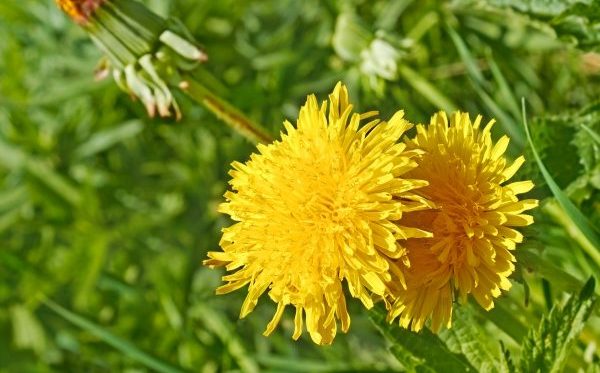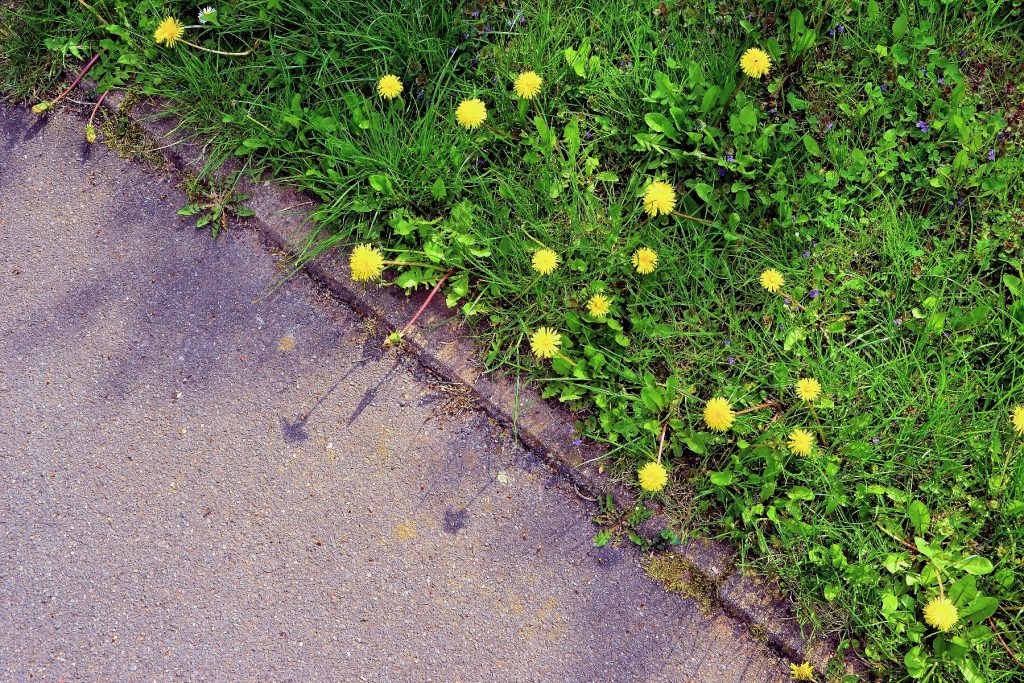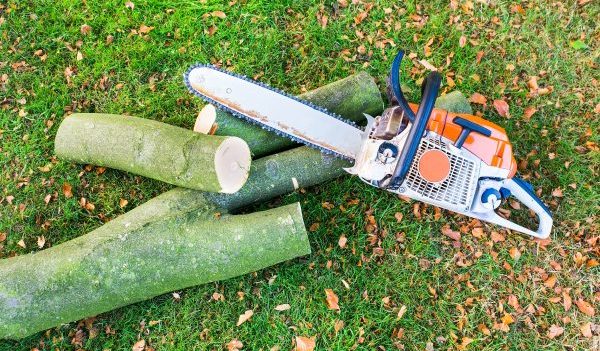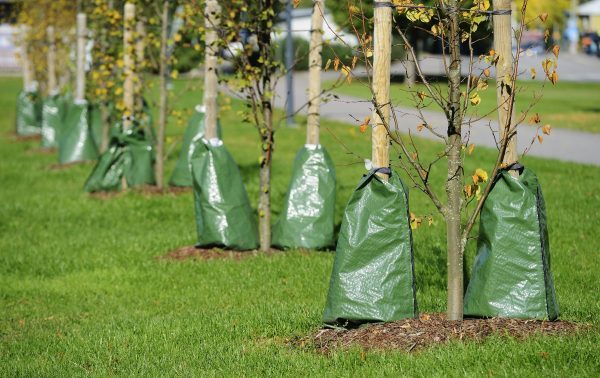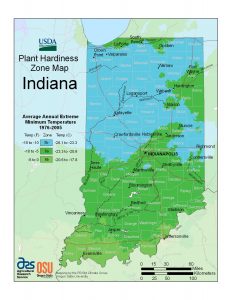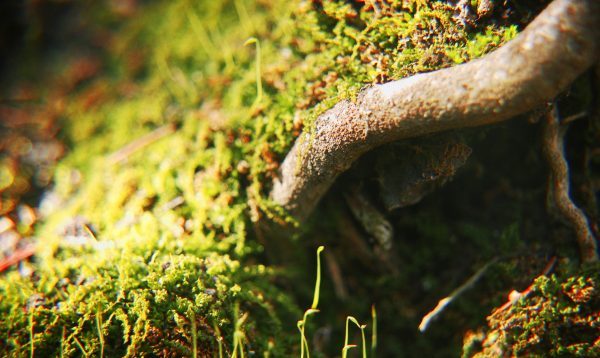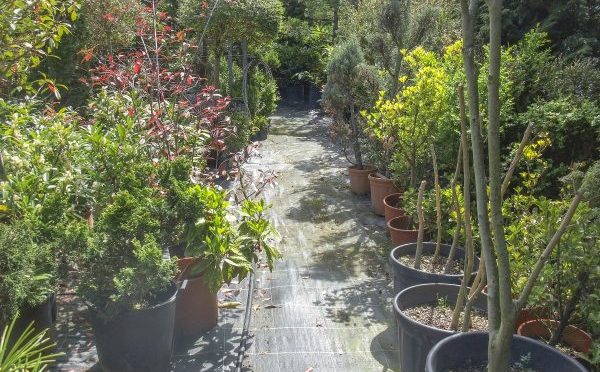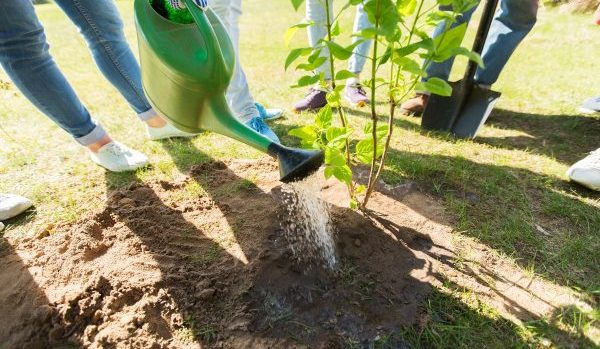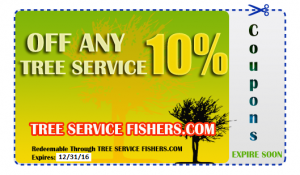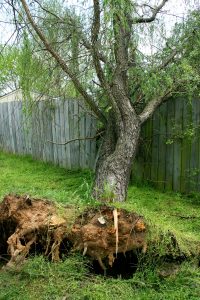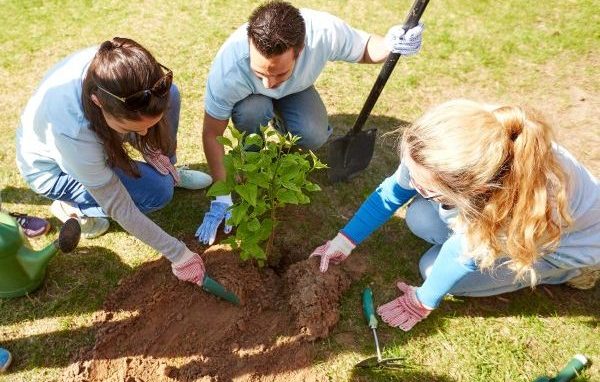For all you tree enthusiasts out there…. August Is Tree Check Month!
The month is almost over, but you still have time to do your part to support the U.S. Department of Agriculture’s Animal and Plant Health Inspection Service (APHIS) initiative to stop a highly invasive and destructive insect known as the Asian Long-horned Beetle (ALB). Continue reading to learn more about these intrusive bugs, and what you can do to help keep them away!
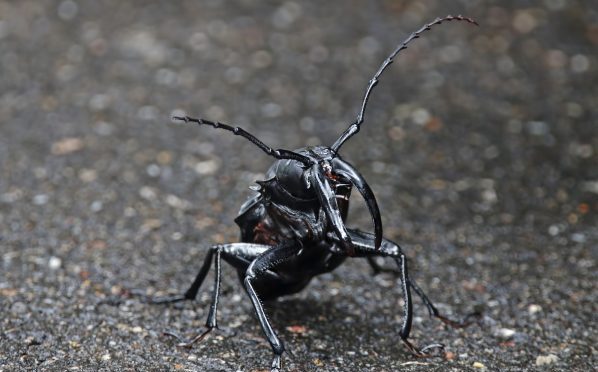
What You Can Do
To support Tree Check Month, all you have to do is take a quick look at your landscaping trees. Spend 10 to 15 minutes closely examining the bark and branches for signs of the Asian Long-horned Beetle. Look for round, drill-like holes that are around the size of a dime or smaller; these are common indications of boring. Also be on the lookout for the actual culprits. Asian Long-horned beetles appear black in color, 1” to 1 ½” long, with long black and white antennas.
Common Signs of ALB:
✔ Wood Dust Material Around Trunk and Branches
✔ Oval-Shaped Scars on Bark
✔ Round Holes in Bark and Branches
✔ Dead Branches
✔ Falling Limbs
✔ Loss of Foliage
What To Do If You Find Evidence of Them
If you see even one, or signs of invasive beetles, do your part by reporting the case right away. Why? Because Asian Long-horned beetles destroy millions of acres of woods and forests. Once trees are affected, there is no cure. According to the USDA, more than 160,000 trees have died so far from ALB invasions. Asian Long-horned beetles like to target valuable hardwoods, such as poplars, birch, elm, ash, willow, and maple.
Before you make the report, take a picture of the beetle, or any possible signs. If you can capture an actual specimen, do so and freeze it; do not worry, it cannot hurt you. Once you have collected evidence, then contact the local U.S. Department of Agriculture (USDA) by calling 1-866-702-9938 or completing an online form here.
Fishers Tree Service
Call 317-537-9770 for professional Fishers tree service you can trust. We are highly trained and experienced tree care contractors that offer a wide range of residential and commercial tree services at competitive prices. We also offer tree service coupons and discounts! Request a free estimate for Fishers tree service, today.


